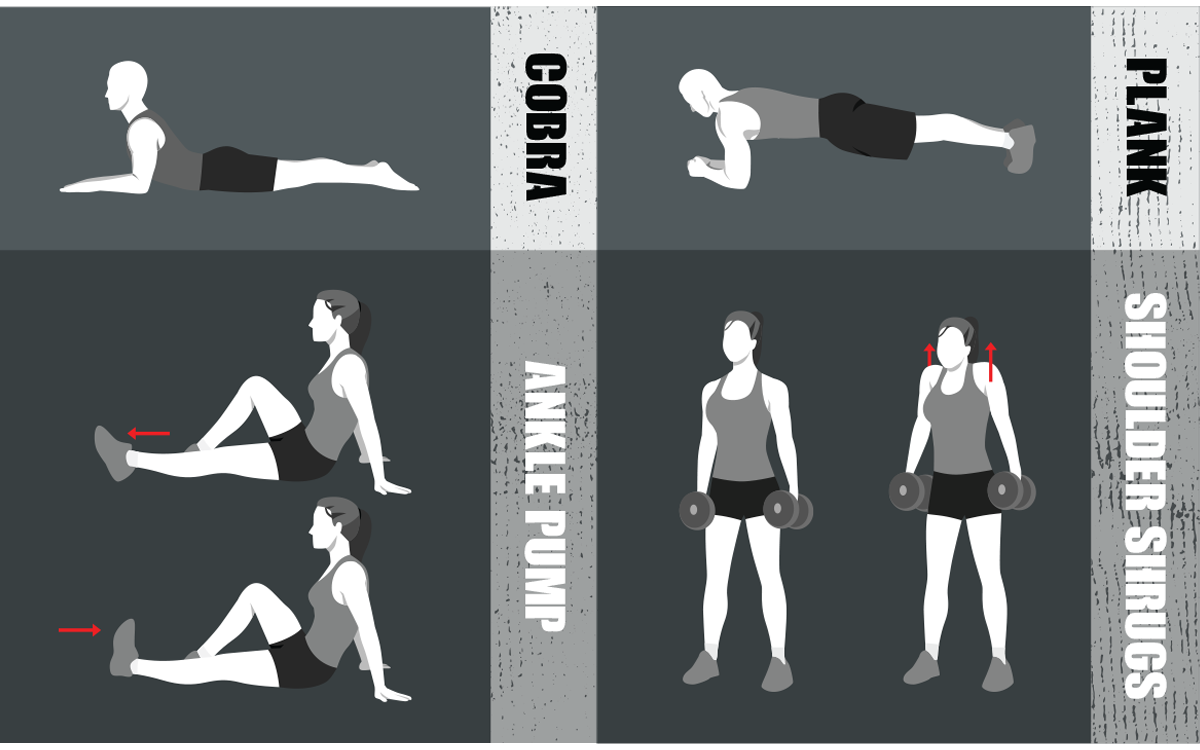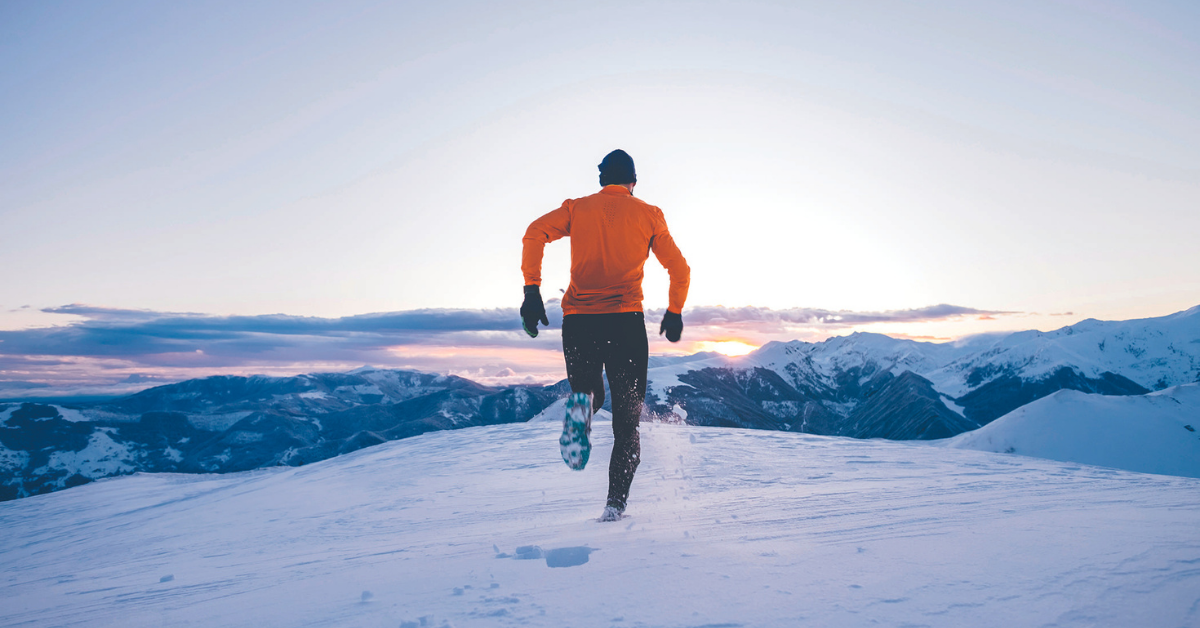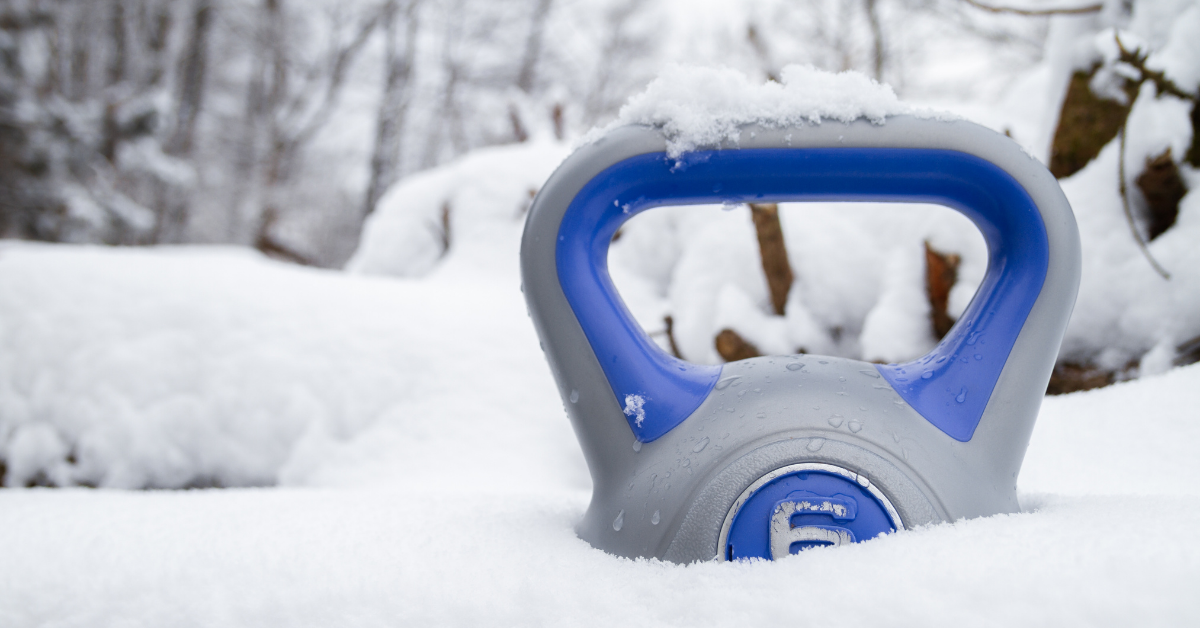August 5, 2024

Exercises for snow pros
How to build a stronger winter body
BY KARINA SINCLAIR
There you are, industriously performing the Great Canadian Exercise Routine, also known as snow shovelling. You lift that loaded shovel to fling the white stuff onto an evergrowing pile and then suddenly, you feel it.
Tweak, twinge, pang, spasm, sprain or strain. Whatever you call it, it’s a painful reminder you’re human. And if you’re being paid to shovel pathways on client properties, it might be tempting to push through that pain to get the job done. (Spoiler alert: You’ll pay for it later and the cost isn’t worth it.)
Body conditioning for shovelling
Bayley Quinn, a physiotherapist in Kingston, Ont., has treated plenty of patients with injuries sustained from improper snow shovelling. Having also helped on her partner’s landscaping and snow removal crews, she understands the effort it takes to clear wet, heavy snow. To reduce injury (and re-injury), Quinn says to build core strength and stability by adding some simple stretches and exercises to their routine. To be done before and after each shift.
Quinn suggests adopting three daily habits to prevent low back injury caused from the forward flex of the spine caused from shovelling. “When we're shovelling, we're creating a curve that's not natural to our spine. So spend one or two minutes lying flat on your belly on the floor (not a soft surface, like your bed) so your back is in a completely neutral position. Breathe deeply to relax,” Quinn said. “Then go up onto your propped forearms like a cobra to again return that natural curve to your spine and really stretch out.”
Next, Quinn suggests adding an exercise to strengthen core abdominal trunk muscles. “A forearm plank is my favourite core activity for shovellers,” Quinn said. “You can also do a straight arm plank or side to side, but work in that plank position to really create a strong core to support you during those long hours of shovelling.”
If planks are new to you, start by holding the position for five to six seconds, relax and repeat twice more. Gradually build your stamina by increasing the length of time. Considering the back is where the majority of injuries occur, having a strong core is even more important than upper body strength.
“We always end up with back or shoulder injuries because we're trying to lift the snow with our arms rather than using proper biomechanics, such as bending at our knees, holding ourselves strong with our core and then lifting from our knees,” Quinn said.
Tendinosis and tendonitis (‘tennis elbow’) is the second most common issue. “We're using a lot of grip strength holding our shovel and now we've put a very heavy load on the end and we're having to control it. That's often what causes tendonitis.”

A healthy lifestyle mindset
Aches and pains can also be an issue for plow drivers and equipment operators who sit for the majority of their shift. Quinn says our bodies aren’t built for night shifts, and maneuvering heavy machinery during unpredictable weather events can lead to tension, injury and stress.
“What's important for everyone going into the snow season is really thinking about how they’re going to create a healthy lifestyle outside of those eight to twelve hours they’re in the truck,” Quinn said, adding it starts with getting enough rest. “It can be really hard to do on shift work, but sleep will make a world of difference to your mental health, your alertness and your physical health.”
A nutritious diet, hydration and regular exercise are critical factors for coping with stress and unusual scheduling. “That's really going to support how alert we are in the truck,” Quinn said. “So approaching the winter season with that mindset of ‘yes, my schedule is going to change but I need to continue to lead a healthy lifestyle even though I'm a little bit flip-flopped for these few months.’”
Driver posture and position
To help reduce that knot between your shoulder blades and improve circulation, Quinn has some simple ideas that work for anyone who sits for long periods of time. “The best posture is just the next posture, so keep moving your body into different positions,” Quinn recommends. This could mean adjusting the angle and tilt of your seat after clearing a couple of properties, or getting out to walk around for a few minutes between jobs.
While seated, Quinn suggests parked drivers “try doing 20-30 ankle pumps by pointing your toes and pulling them back up. It really works those calf muscles that help circulate blood from lower extremities back up to our trunk.”
Follow the ankle pumps up with some gentle shoulder and neck exercises, like shoulder shrugs, side-to-side stretches and shoulder circles.
Recovery
Ideally, you’ll manage to avoid getting hurt, but if you do, don’t ignore it. “The best thing we can do right away is to give our body 24 to 72 hours rest,” Quinn said. That could mean trading off with a partner to do a different task.
“Our bodies aren't built to do the same thing over and over again,” Quinn said, adding she’d like crew supervisors and lead hands to consider how they're scheduling people. “I know not everyone can drive a plow and there are parameters that we have to work around. But can we work out a shift alternate where you plow for half the night and you shovel for half the night?” By rotating tasks, workers can avoid repetitive work that causes injuries.
In addition to rest, Quinn recommends applying an ice pack to injured areas to help reduce inflammation. Do this once in the morning and once at night for 10 to 12 minutes. Finally, consult your doctor or pharmacist about using an over-the-counter antiinflammatory for pain relief.
If your injury has not gotten better after a few days of rest, seek an assessment from a physiotherapist.

